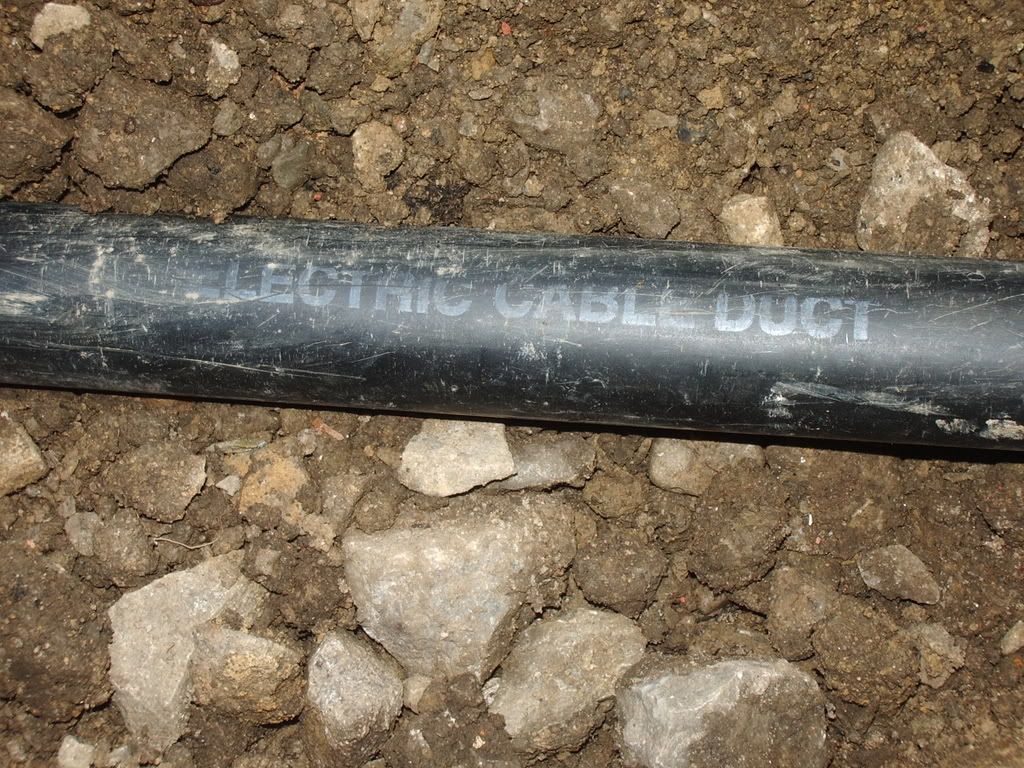Buried cables shall be buried at a sufficient depth to avoid being damaged by any reasonably foreseeable disturbance of the ground
I wish more people would read and understand the regs rather than quote guide lines which are not site specific.
IMO for a domestic shed supply 450mm ish under a lawn is OK, under a patio it’s over the top and under a flower bed/vegetable plot it’s not deep enough.
And with modern cables what is the point of the sand? As long as the cable is zig zaged down the trench there will be enough slack to take up any undulations when it’s back filled.




